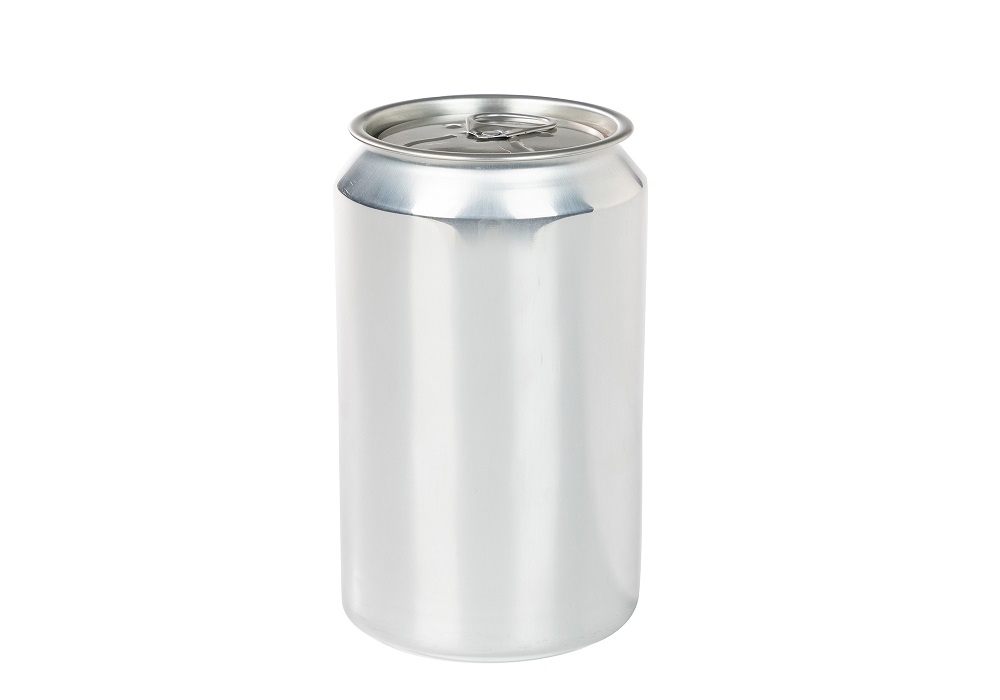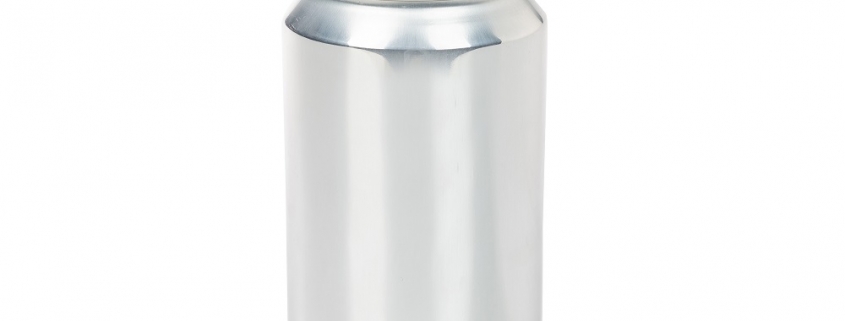Aluminum Packaging Industry: Global Growth and China’s Rapid Development
China’s metal container manufacturing industry has strong equipment capabilities. Since the large-scale expansion of production lines in 1995, the production of metal container products has generally exceeded demand.

The origin of the beverage can is the United States, which is also the largest producer and consumer of beverage cans globally. In 2005, the aluminum beverage can production in the United States was around 130 billion cans (with a consumption of over 100 billion cans and exports accounting for approximately 23%). This consumed more than 2 million tons of aluminum, accounting for about 41% of its total aluminum sheet production (4.65 million tons), indicating stable development with an annual growth rate of 1% to 2%. In Japan, the aluminum can material production and sales in 2005 were approximately 440,000 tons, including 140,000 tons for can ends and pull-rings, and 300,000 tons for can bodies, also in a stable development stage with an annual growth rate of around 2%. In 2005, Europe had an aluminum can material production and sales of approximately 1.2 million tons, South Korea had 115,000 tons, Brazil had 115,000 tons, and other countries and regions had around 100,000 tons. These countries experienced annual growth rates of 5% to 10%.
Currently, the global production of aluminum can materials has reached approximately 4.3 million tons per year, including 2.89 million tons per year for can bodies and 140,000 tons per year for can ends and pull-rings. Apart from countries and regions such as the United States, Japan, and Europe that have reached a relatively stable development stage, countries like China, Brazil, and India are still in a high-growth period. Therefore, the global annual growth rate will remain above 8%.
Currently, aluminum accounts for about 25% of the total aluminum consumption in the United States in the container packaging industry, representing around 40% of rolled products. Full-aluminum two-piece beverage cans account for over three-quarters of the total beverage can market, 80% of the beer market, and 60% of the soft drink can market. In Australia, aluminum accounts for over 28% of the total consumption of aluminum semi-finished products, with aluminum cans comprising 75% to 80% of the beer market and over 72% of the beverage can market. Western Europe and Japan have relatively smaller proportions of aluminum cans, but they have been growing rapidly in recent years, especially in the production and consumption of aluminum can materials in Japan.
The consumption of full-aluminum beverage cans has stagnated in the United States and has even slightly declined. In Japan, it is in a stable period with minimal fluctuations, showing a slight overall upward trend. Europe is in a period of steady growth with an average annual growth rate of 5.5%. Developing countries like China and Brazil are in a high-growth period, with China’s average annual growth rate reaching 17.5%. By 2010, the annual average growth rate could reach 12%, and the production of beverage cans could reach 18 billion cans. Afterward, the growth rate may decrease slightly but will not exceed 10%.
China’s application history of aluminum cans is relatively short, and the foundation is relatively weak, but it has been developing rapidly in recent years. The production and sales volume was 7.5 billion cans in 2003, 8.2 billion cans in 2004, and reached 10.3 billion cans in 2005, with an average annual growth rate of 17.5%. It is estimated that it could reach 18 billion cans by 2010 and continue to grow at a rate of 10% for several years. As of the end of 2005, there were 16 aluminum can manufacturing companies in China with a total of 22 production lines and a total production capacity of 11.5 billion cans per year. In 2005, China net imported approximately 300,000 tons of aluminum sheet, of which around 65% were for can materials.
China’s per capita consumption of beverage cans (3.8 cans per person per year) is still low, only about 1/100 of the United States (380 cans per person per year). However, the development speed is fast. Based on the consumption of 70,000 cans (including 1.92% process scrap) from aluminum sheet (0.28 mm thick), China consumed a total of 10.3 billion cans in 2005, equivalent to 150,000 tons of aluminum body material and 70,000 tons of can ends and pull-rings (body to end ratio: 68:32). It is estimated that by 2010, China’s consumption of aluminum sheet for beverage cans will reach 390,000 tons per year, and by 2015 it could reach 625,000 tons per year, indicating a broad development space in China’s beverage can market. It is expected that in the near future, China will not only be a major producer of aluminum can materials but also a major consumer of aluminum cans.
In addition, the use of aluminum cans in China’s canned food industry is currently relatively small, with only a few products such as eight-treasure porridge, walnuts, and peanut milk. It is estimated that in the future, the number of aluminum cans used for canned food in China will increase at a rate of 5% annually.

 tin can making machine
tin can making machine tincanmakingmachine.net
tincanmakingmachine.net